Understanding Steering and Suspension Geometry
If you have recently fitted new suspension or steering components, are experiencing uneven tyre wear, or are readying a vehicle for some on-track action, a geometry setup will ensure everything is pointing in the right direction. Allow us to walk you through what this involves and the terminology to describe each adjustment that can be made.
What is four wheel laser alignment?
The theory behind four-wheel alignment is hardly rocket science. Four precision digital cameras in the aligner tower measure the exact position and orientation of reflective targets which are mounted to all four wheels. The machine's computer uses this data to calculate the car's alignment and then compares these measurements to the manufacturer's original (OEM) specifications. Most databases will include a wide range of cars from ‘60s, 70s and ‘80s – but if the information’s not there, data such as toe-in and caster can be input manually. Usually, details such as this can be obtained from the original manufacturer’s handbook, or an owners club technical expert should be able to help if required.
If your steering and suspension geometry is out, your technician will be shown the adjustment information to return all four wheels to facing straight ahead and parallel, with the steering wheel centered. Once the clamps have been fitted to the wheels and the vehicle information has been tapped into the computer, the check itself takes only a matter of minutes. Of course, adjustments will require more time, especially on an older vehicle with corroded nuts and bolts.


Why have wheel alignment done?
If you are fitting replacement steering and suspension parts, a professional four-wheel alignment is the only way to accurately reset the car's geometry. This includes components such as lower arms, shock absorbers, coil springs, suspension top mounts, and tie rods.
If you are modifying the vehicle suspension by lowering or raising the ride height, it is even more crucial to get everything checked afterwards. The last thing you want is to make your vehicle drive worse than before, after spending a fortune on improvements.
Uneven tyre wear or peculiar handling is a further reason to get your car checked. It is possible that the car has been involved in an accident in a past life either bending a component or worse still, twisting the chassis. Of course, should you be concerned about a vehicle, get it checked over first, rather than suffer the consequences once the logbook is in your name.
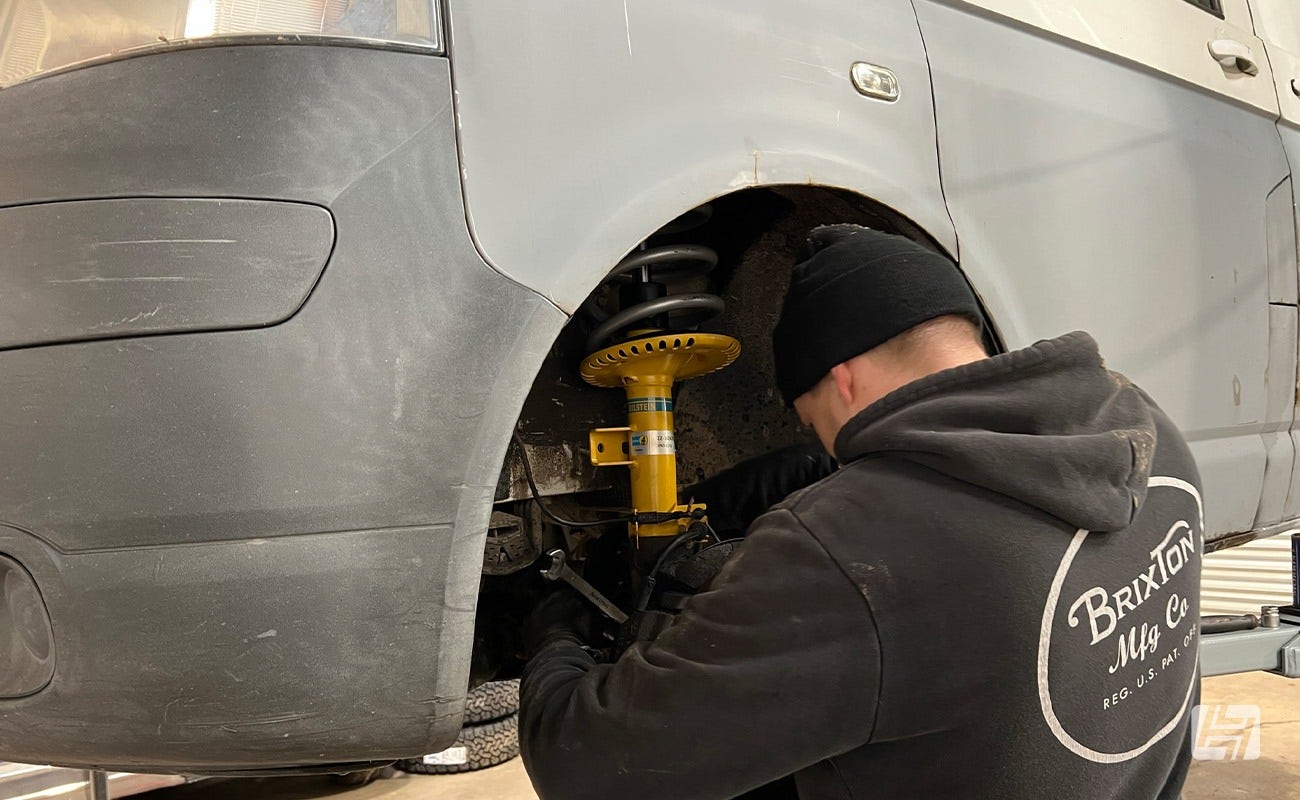

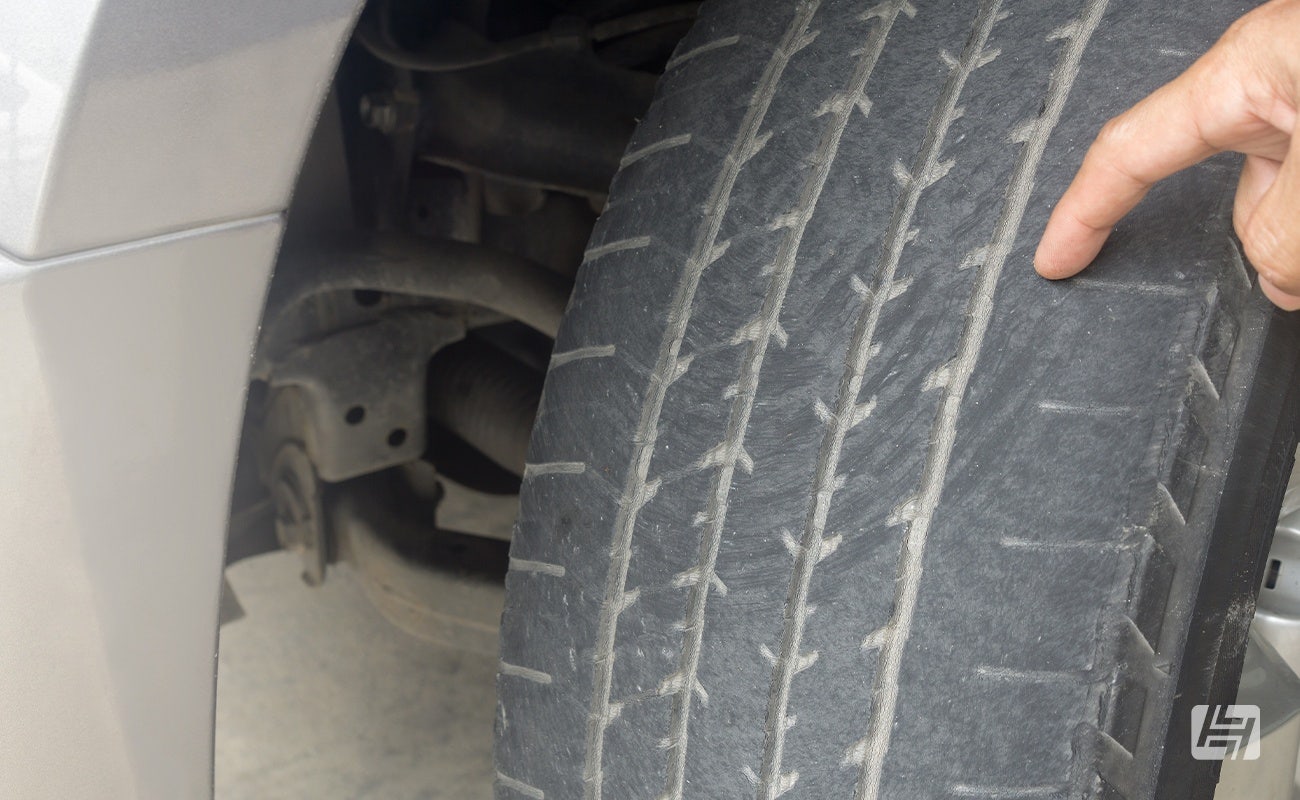

What is adjusted during a full geo set up?
While most problems will be largely confined to the front wheels pointing in or out, the four-wheel laser alignment kit is capable of carrying out a wide variety of other checks as well, including Toe-In, Toe-Out, Set Back, Camber, Caster, and Ride Height. If you are heading to a track day, or even enjoy energetic driving on the road you'll also be keen to get the car corner weighted for optimum balance too. Let's run through each of those in a little more detail.
Don't forget your tyre pressures!
Before it gets too technical though, the simplest and cheapest way to adjust the handling and steering of your vehicle is to ensure the tyre pressures are correct. Whether you pay 50p at a petrol station or use a foot pump at home, a few PSI can make all the difference when it comes to cornering prowess and fuel economy, not to mention maintaining optimum tyre lifespan.
So, don't be too proud to check your tyre pressures. You might just fix that wheel wobble or pulling sensation for free; and that's my favourite price!
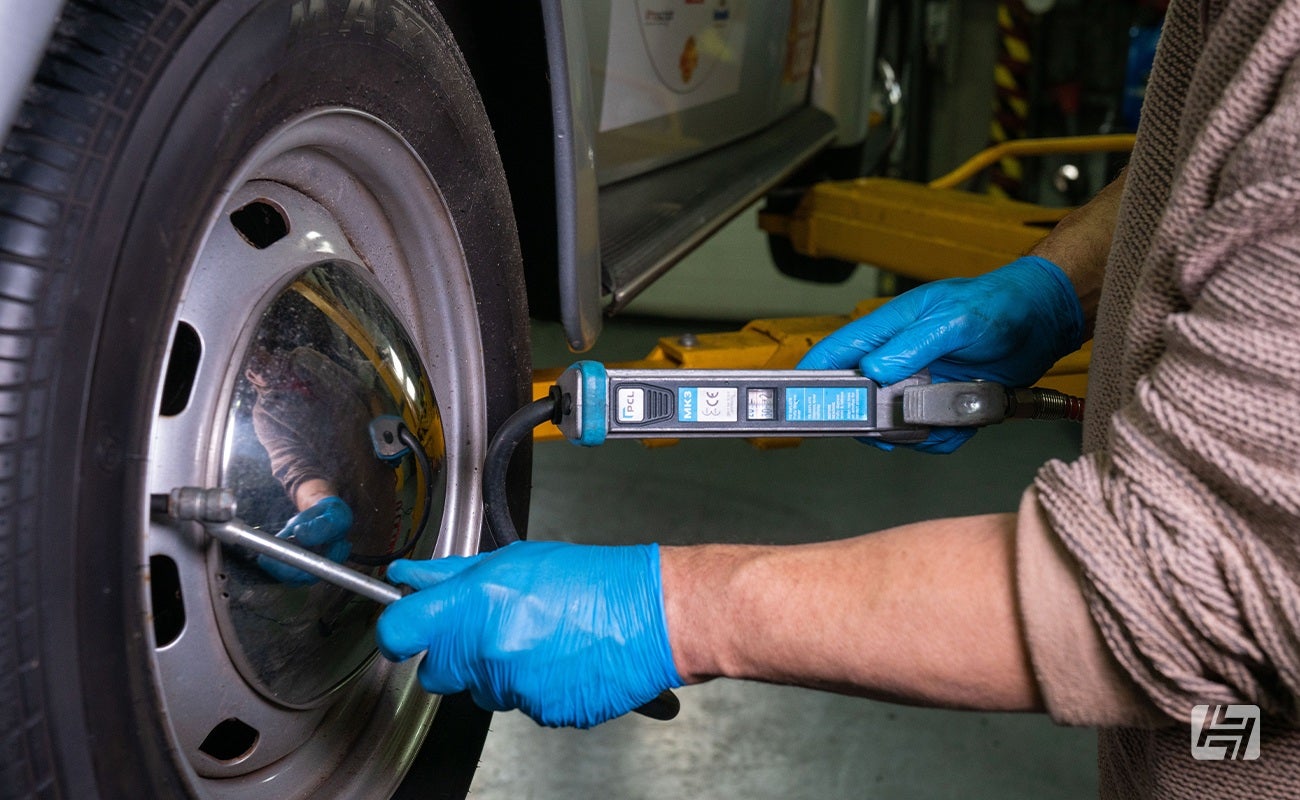

What is Toe-In / Toe-Out?
Toe relates to the directions in which the two front wheels point, relative to each other to prevent ‘crabbing’. Toe-in (where the wheels point inwards towards each other) will result in wear to the inner edge of the tyre, toe-out will affect the outer edge. With the clamps fitted, the car is rolled on the ramp so that each wheel turns 180 degrees. A median diameter is calculated to compensate for any out-of-roundness or buckles in the rims, and the toe information presented. By turning the wheel from lock to lock the machine can also tell whether the toe is correct on turns and that the locks are equal. Adjustment at the front is made to the track rod arm. Many cars also have adjustable rear suspension, and often it’s a case of tweaking the positioning of the trailing arm.
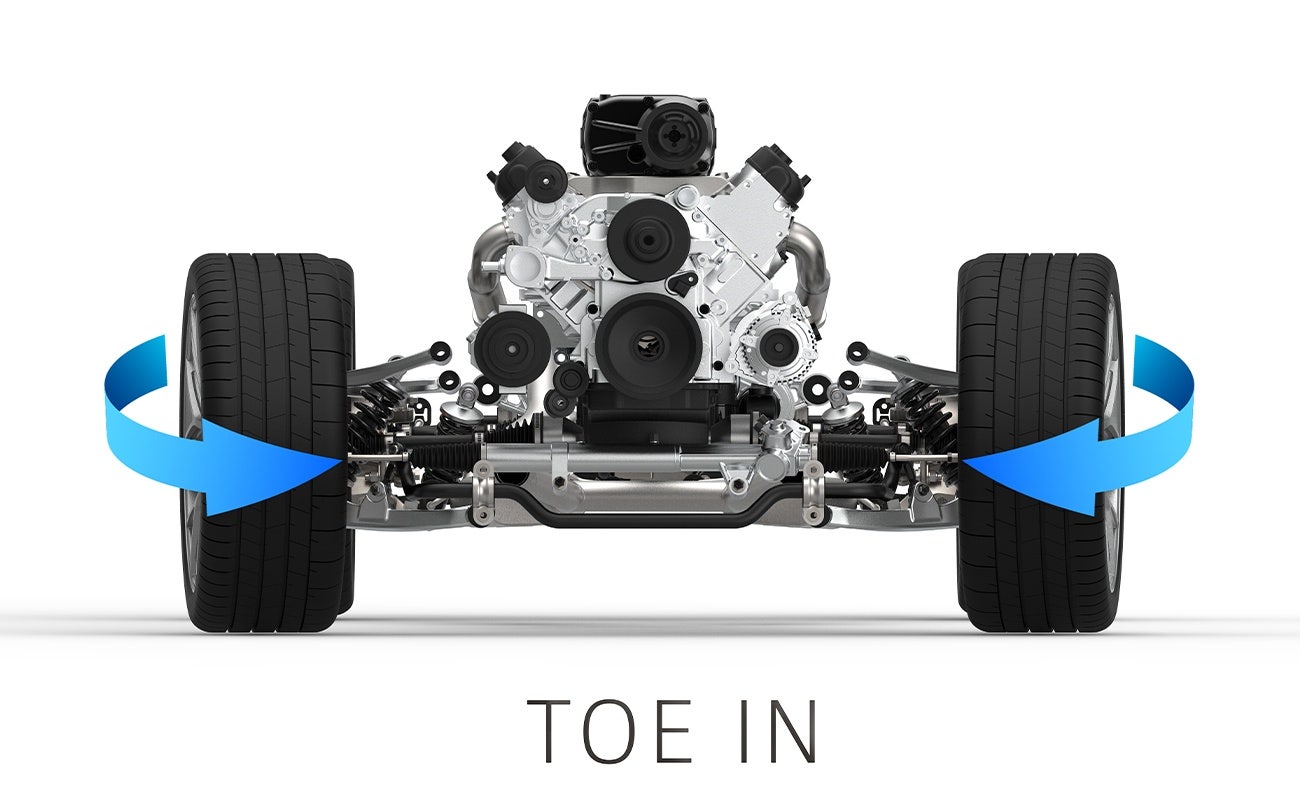



What is Set Back?
Set back is where one wheel on the same axle is positioned further back than the other. Usually the result of an accident, it can seriously affect handling because, on a bend, one wheel will be following a different arc from the other and have further to travel. There's no real adjustment to correct it; it simply indicates that something is bent or damaged underneath – nine times out of ten the lower suspension arm, but it could be more serious.
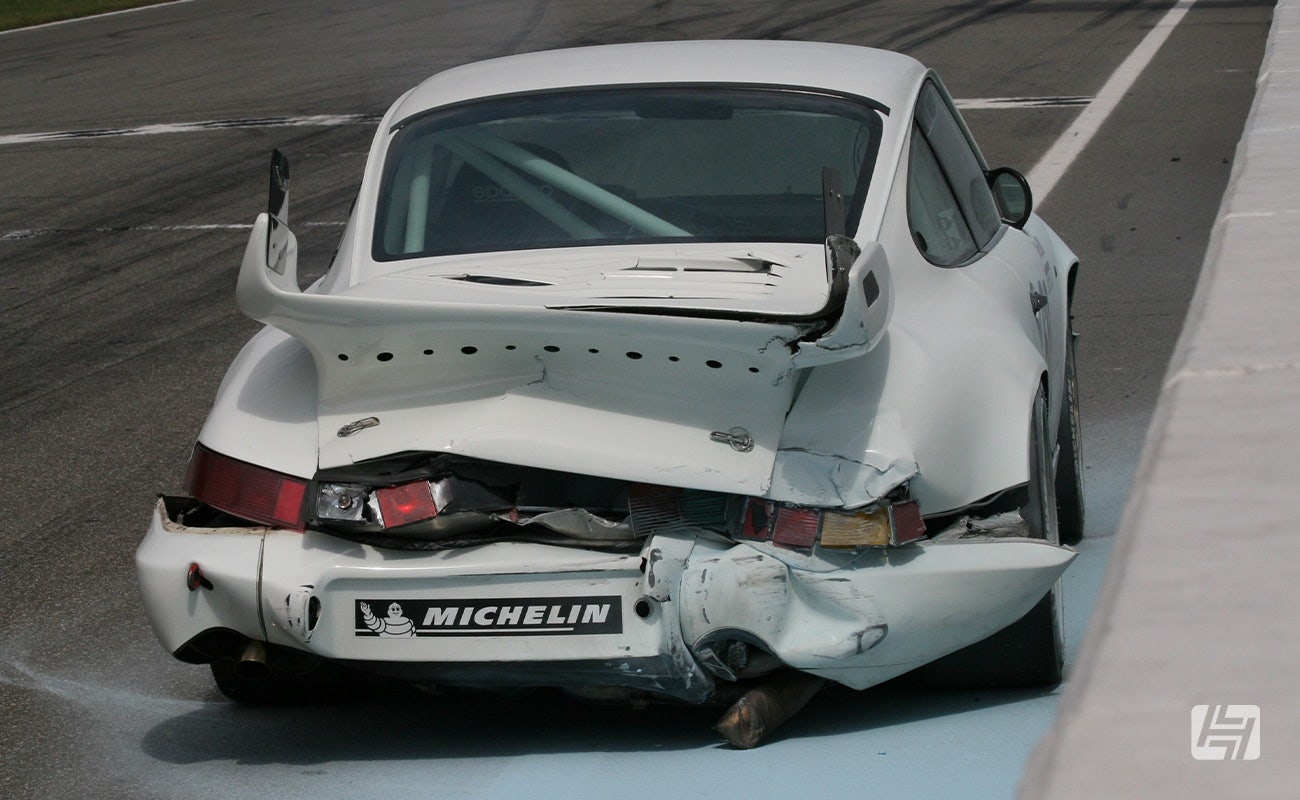

What is Camber?
Negative camber is where the top of the wheels are closer together than the track width, positive camber is the opposite. Incorrect wheel camber can not only affect tyre wear – causing harsh wear to the extreme edge of the tyre, but also handling. Camber is adjustable on the front of some cars and often it’s a case of loosening the three nuts on the top of the suspension strut and changing the camber before tightening up again. At the rear there’s sometimes a concentric nut and bolt arrangement at the bottom of the strut which alters the camber. Incidentally, introducing a little negative camber (up to -2 degrees) will increase both turn in response and grip so there’s instantly some improvements to be made here if you know what you are doing.
Aircooled VW owners will be familiar with camber as a side effect of lowering or raising a swing axle vehicle.
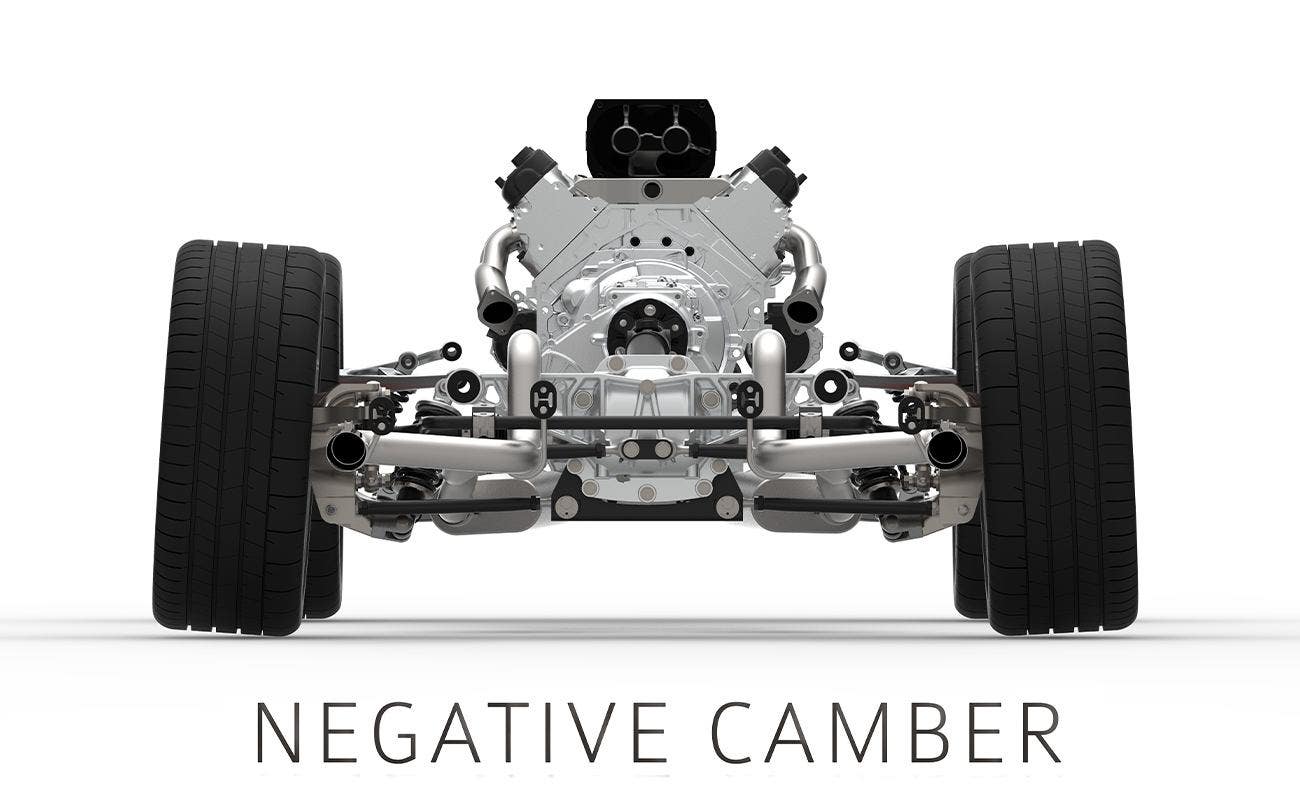

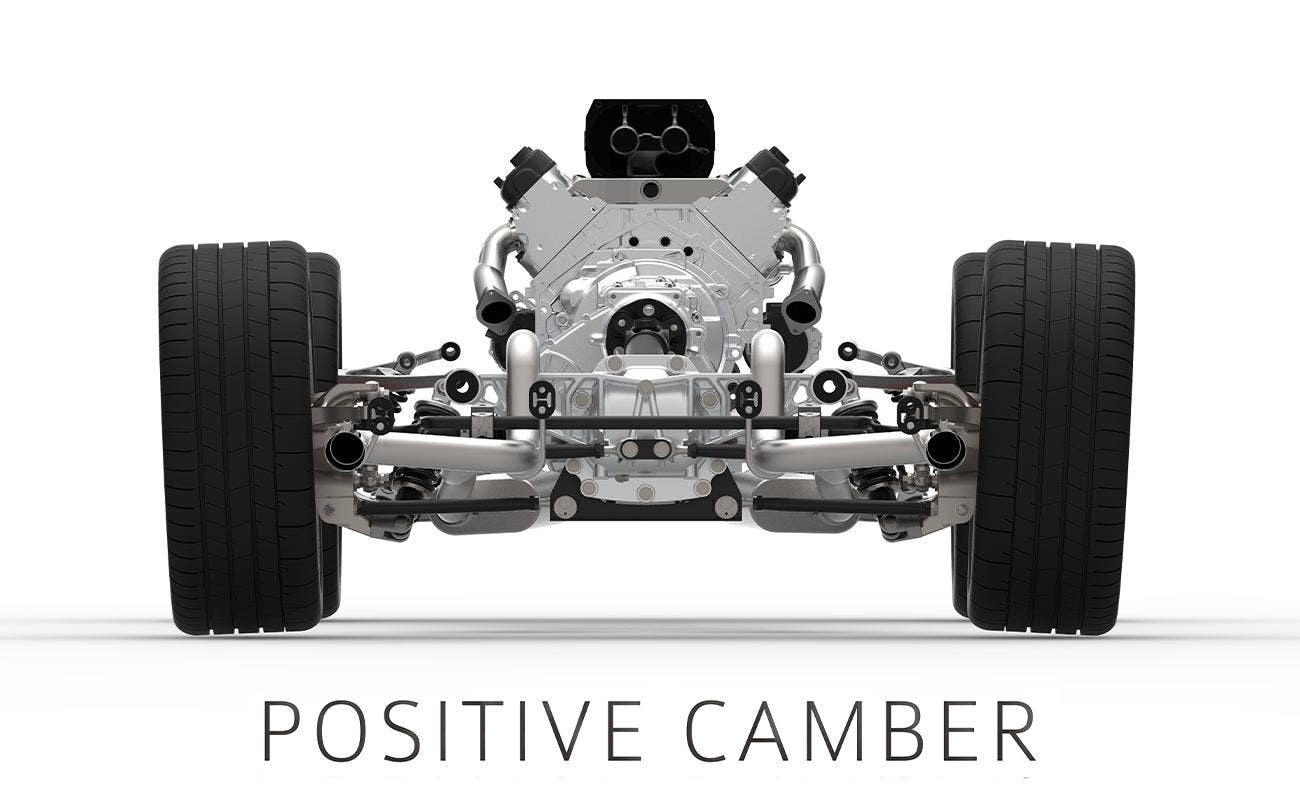

What is Caster?
This is the degree to which the car's steering axis is tilted forward or backward from vertical as viewed from the side. Negative caster will result in unstable steering, the kind you might experience when reversing at speed, while a positive caster is the norm and should result in an effect called 'caster torque' which automatically re-centres the steering. If the caster at each wheel is different, it will cause straight line instability and steering pull. Adjustment is usually made at the same time as camber.
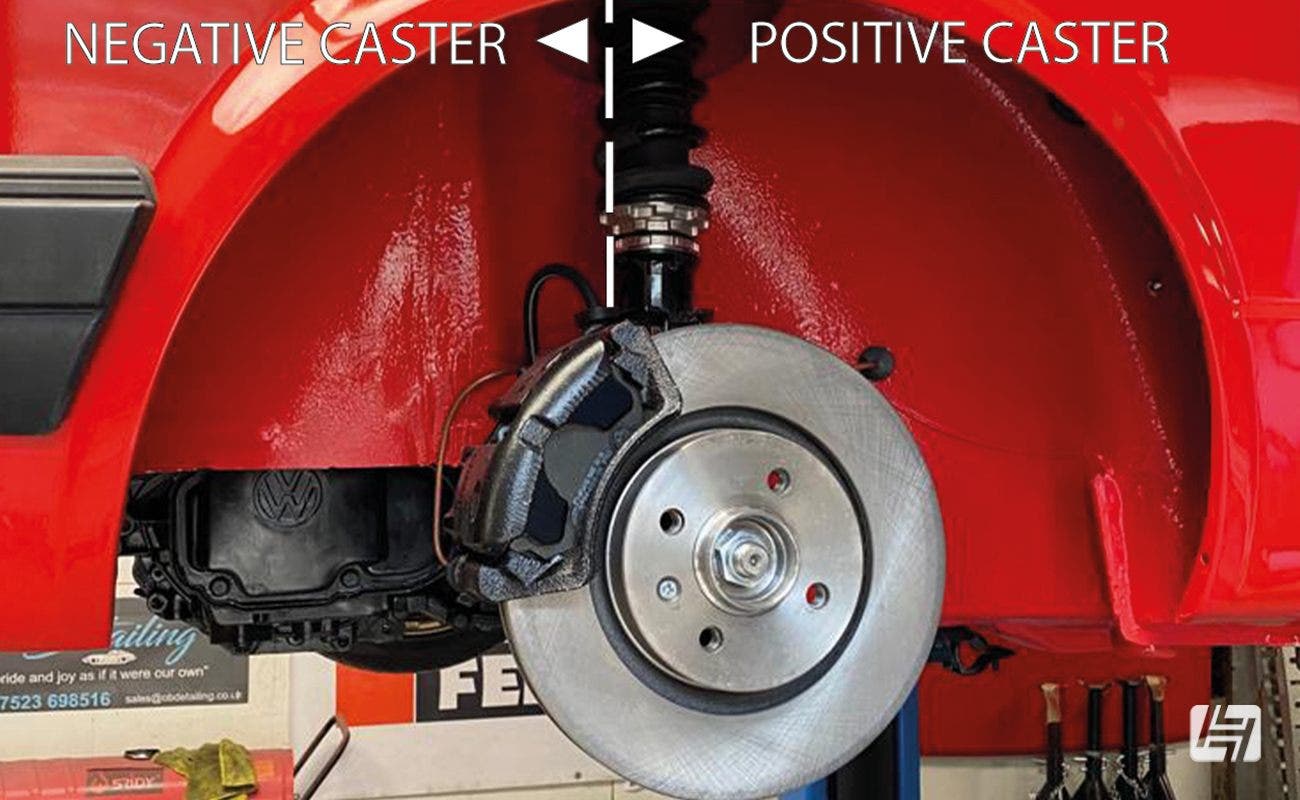

What difference does ride height make?
Ride height is crucial to the suspension geometry and the machine uses specific reference points on a vehicle, which are then matched to the manufacturer's specifications. Monitoring all four wheels will also tell whether the car is lower on one side or the other. It is also particularly useful in identifying wear in suspension components, and the computer will tell the operator exactly where adjustments can be made or which parts need replacing. Of course, the computer's database of every different model will take into account of whether, for instance, a sports suspension is fitted and amend its instructions accordingly.
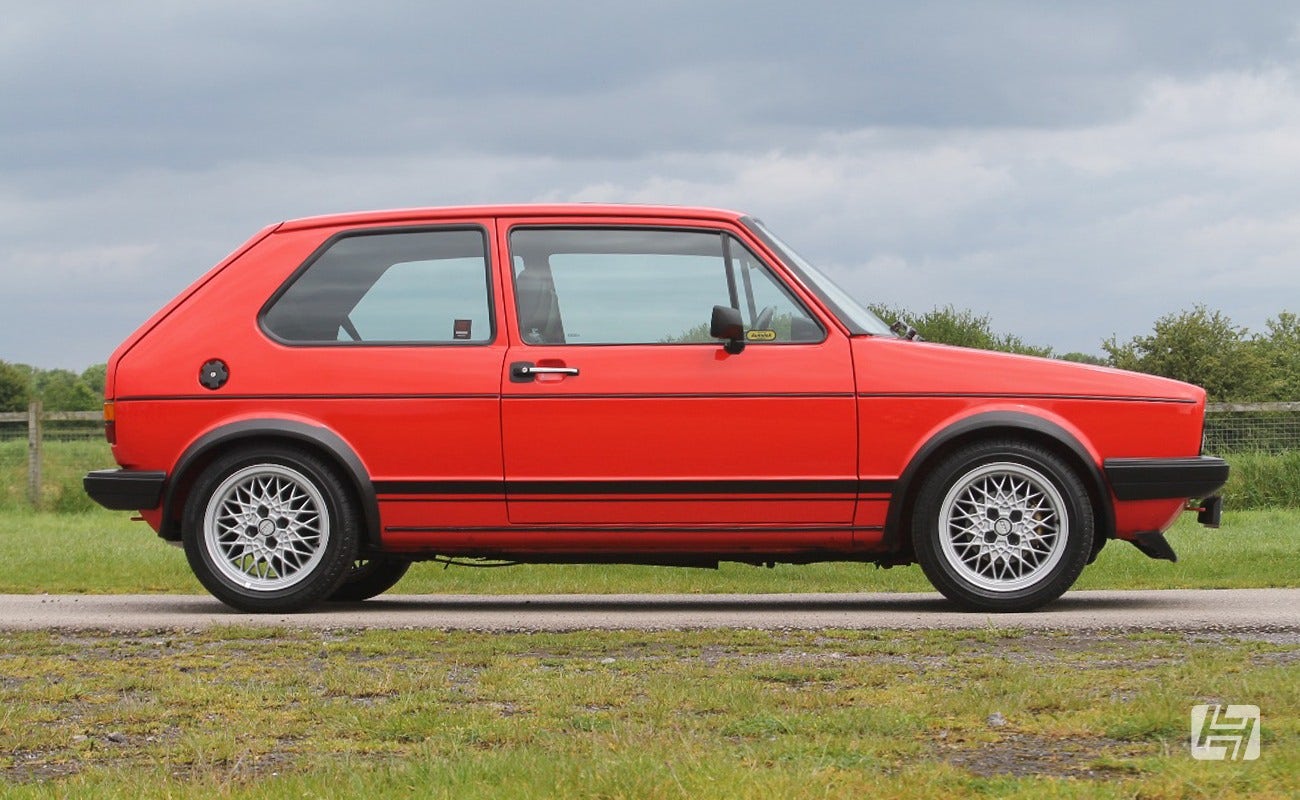



How to check corner weights
In much the same way as you would stand yourself on the bathroom scales at home, you need to be able to do the same thing in your car. Except, your car will need a separate set of industrial scales for each wheel. With your car pre-loaded with weight to allow for you, the driver, and a passenger (if specified) the vehicle can be adjusted to add or remove weight from each corner. If you are stripping a vehicle down for track use, then keep this balance in mind when removing weight from one side and not the other.
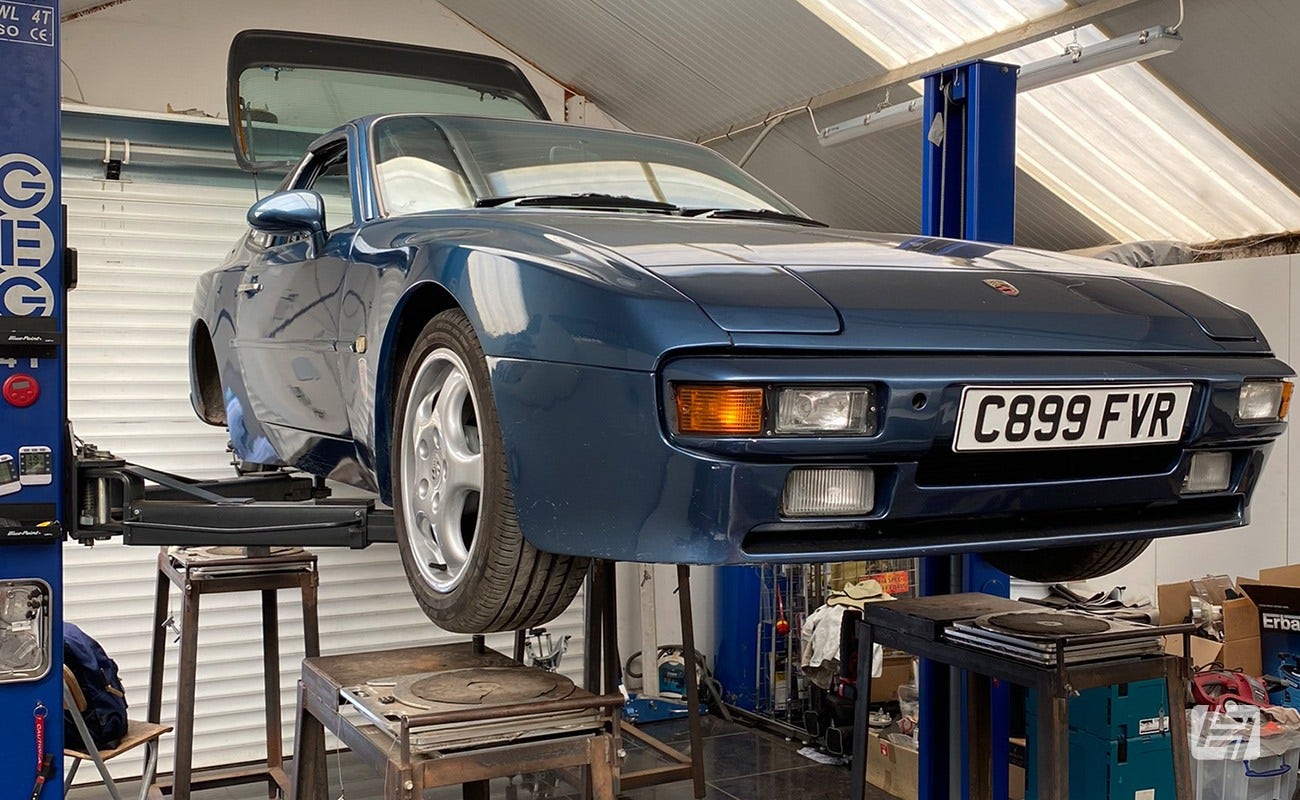

Hopefully, you have found this guide interesting. Should you have further questions then please drop them in the comments below or fire our technical specialists an email, and they'll be happy to help.
Our thanks to David at NADUK for the additional images in this article. Get in touch if you need track focussed vehicle geometry work done in the South East.
Andy / Ian




 Beetle
Beetle
 T2 Bay
T2 Bay
 T2 Split
T2 Split
 T25
T25
 Transporter T4
Transporter T4
 Transporter T5
Transporter T5
 Golf Mk1
Golf Mk1
 Golf Mk2
Golf Mk2
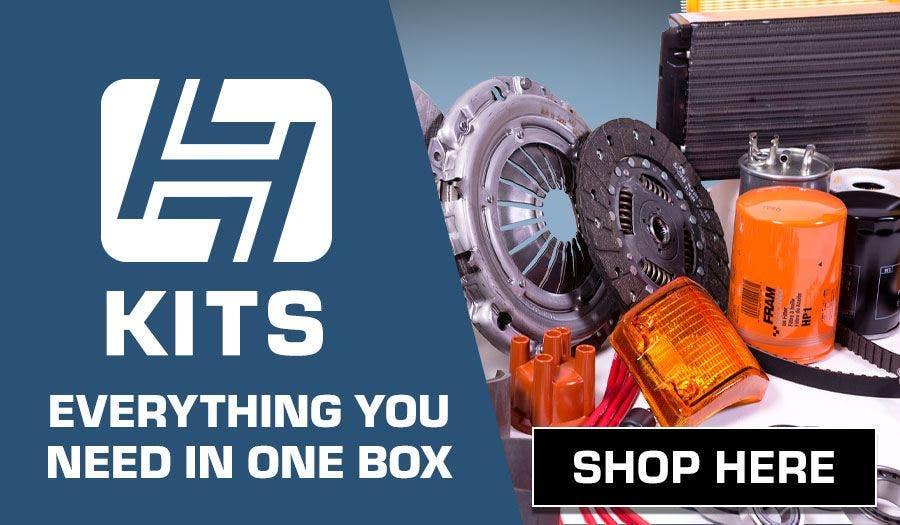

 911
911
 996
996
 997
997
 986 Boxster
986 Boxster
 987 Boxster
987 Boxster
 912
912
 944
944
 924
924
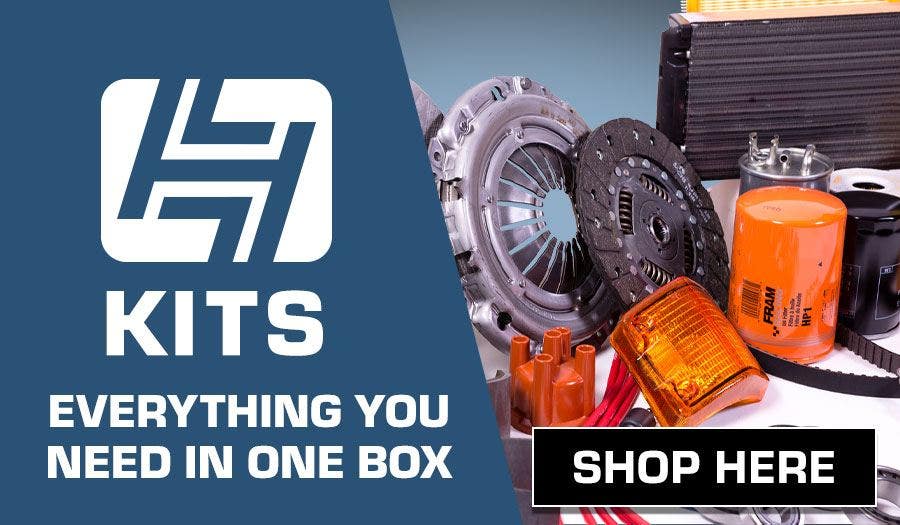

 Defender
Defender
 Discovery Series 1
Discovery Series 1
 Discovery 2
Discovery 2
 Series 1, 2 & 3
Series 1, 2 & 3
 Freelander
Freelander
 Freelander 2
Freelander 2
